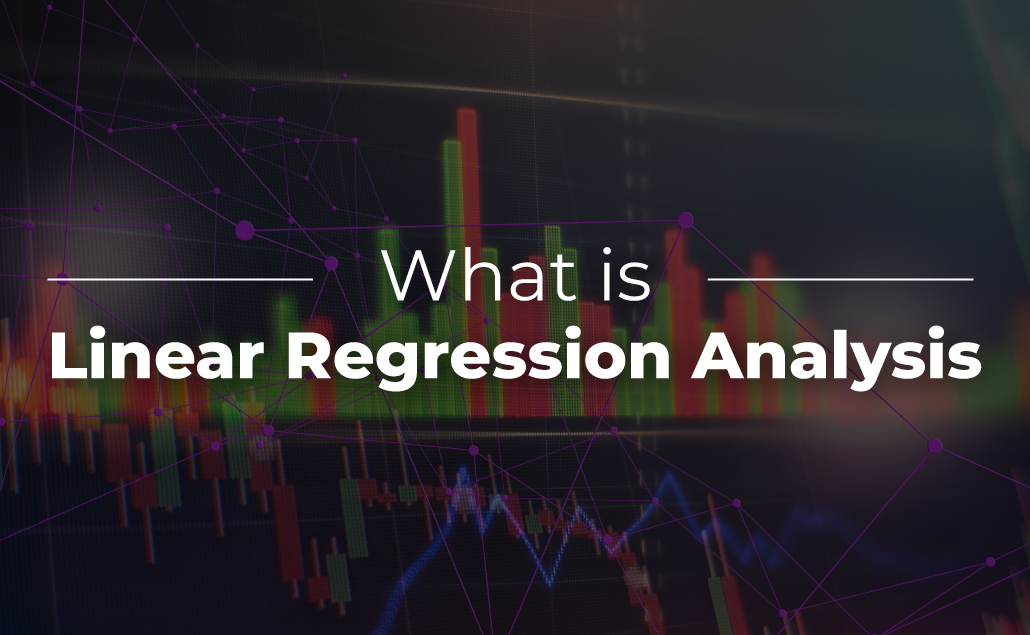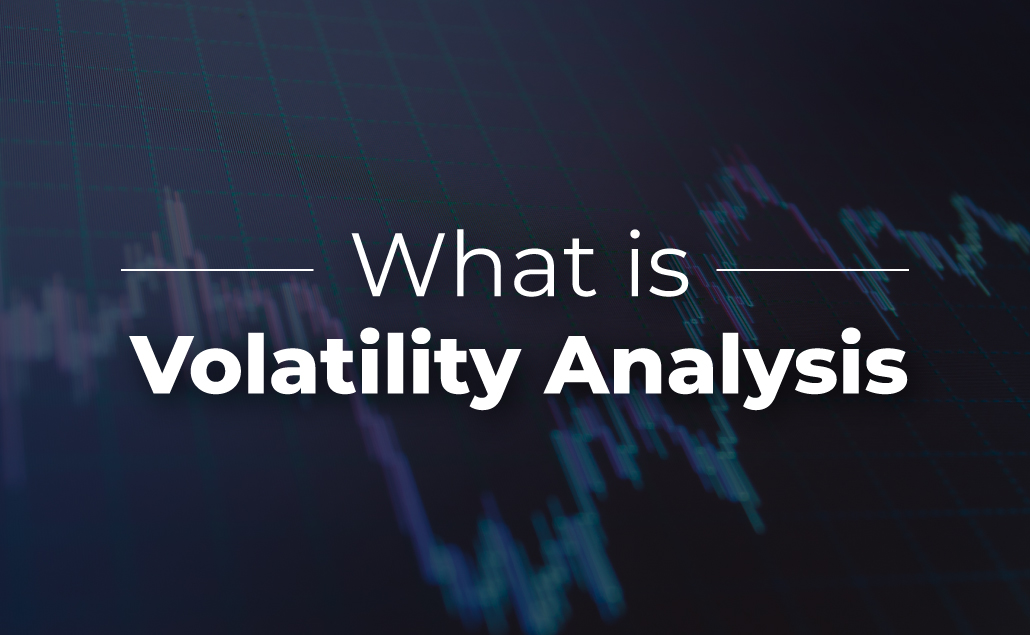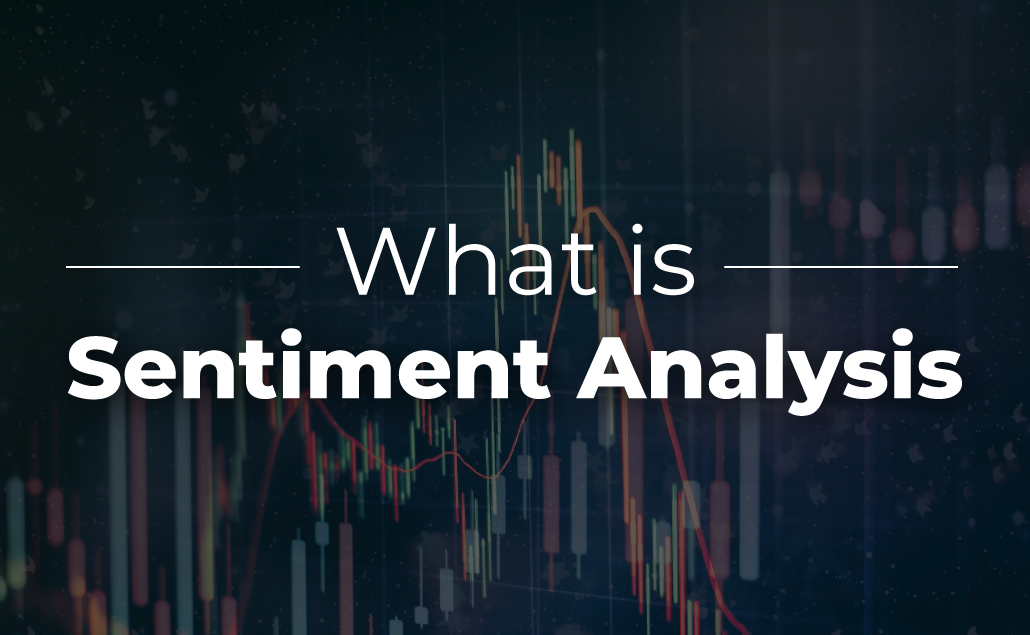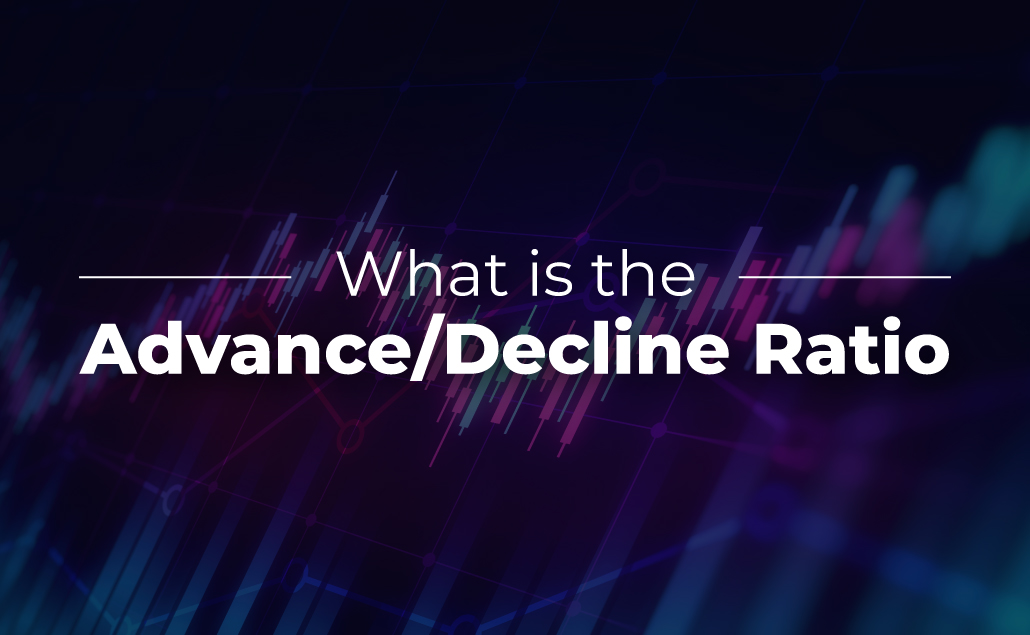The basis of all investments is the ability to accurately predict future price movements. Making assumptions about future price movements with the dependent and independent variables in linear regression analysis has always been of interest to investors. The importance of linear regression analysis for making the right trading decisions with the right analysis for stock markets by combining the most commonly used variants from different categories cannot be denied. We have gathered all the details about the definition of linear regression analysis, how it works, what assumptions it can make, and in which cases it can provide healthy results through this guide.
What Is Linear Regression Analysis?
Before learning what linear regression analysis is, the definition of linear regression should be considered. Linear regression has found its place in the literature as a data analysis technique allowing the prediction of other unknown data by using data on a known value. Price movements in financial markets can also be interpreted through this technique, which can be used in all areas of life and enables different variables to meet at a common denominator.
Thanks to linear regression analysis in financial markets, investors and day traders, who mostly trade short-term, can identify key price points and use these price zones to place various order movements such as buy, sell, stop loss, and take profit. Participants trading in financial markets, such as equities, who wish to benefit from linear regression analysis use the linear regression indicator (LRI).
The LRI is an indicator that reflects the predicted price movements at the end of a statistically determined number of candles. A positive slope of the LRI indicates an uptrend in prices, while a negative slope may indicate a downtrend. Traders need to try to infer the strength and stability of the trend to check the sharpness of the slope. A sharp slope indicates a stronger trend, while a flatter slope may indicate that the trend is not very strong.
How Does Linear Regression Analysis Work?
Linear regression analysis assumes a linear relationship between an independent variable, such as time, and a dependent variable, such as stock prices. The result obtained as a result of the reflection of the relationship between these two variables in historical periods provides an opportunity to forecast the future.
The first step in linear regression analysis is to collect data for a financial asset such as a stock. The historical price movements of the relevant stock are also gathered together to see how it reacts to several other independent variables such as time.
Investors interested in using linear regression analysis should pay attention to factors such as correctly identifying some data for better interpretation or determining what some changes in the linear analysis are caused.
To provide a positive linear inference, the dependent variable is expected to increase as the independent one increases. On the other hand, a negative slope between the dependent and independent variables refers to an inverse relationship.
What Are The Assumptions Of Linear Regression Analysis In Stock Market Forecasting?
Investors should take certain basic actions to ensure the successful performance of linear regression analysis, and in this context, accurate linear regression analysis of stock markets should assume that volume changes or economic indicators that can directly affect market movements can play a role in the analysis. Another important assumption is independence, which refers to the data points identified in the linear regression analysis are not affected by each other. If the data ranges are correlated, the confidence in the analysis decreases.
What Are The Limitations Of Linear Regression Analysis In Stock Market Forecasting?
Despite combining historical statistical data into a linear equation, linear regression analysis also has some limitations in its predictions for the future, which can be listed as news and developments that are not related to price movements and include geopolitical, economic, and macroeconomic developments in the world, or that the available data do not fully overlap with each other by overfitting and underfitting.
Investors should be aware that many factors affect price movements in financial markets and that instantaneous news flows arising from both economic and geopolitical changes are an important part of these factors. Unpredictable factors such as news flows, which are independent of past price movements, may cause deviations in the linear regression model and cause it not to be interpreted very accurately. To avoid such situations and to perform the analysis in the most accurate way, linear regression analysis is recommended to be used with other technical indicators.
When the historical data used in linear regression analysis are not very clear, patterns appearing to be important but are in fact unimportant may be misinterpreted and this is called overfitting. On the other hand, underfitting means that the results of linear regression analysis can be misleading when the data used in the analysis are so insignificant that they do not provide insight into the state of the market. To obtain a more detailed and comprehensive analysis of the future shape of the market, the use of accurate historical data is important.
When To Use Linear Regression?
Linear regression analysis can be used at every stage of the market by identifying the right dependent and independent variables. However, from time to time, linear regression analyses may need to be revised, with serious deviations in the dependent variable due to various factors. For example, in a regression analysis where price is used as the dependent variable, the regression analysis may give erroneous results even if the current trend is not broken as a result of the news released to the market instantly. To avoid such situations, choosing time intervals in which external factors are not taken into account will help this analysis method to work more properly.
On the other hand, when linear regression analyses are performed in stock markets, it is also recommended to perform index and sector-based analyses in addition to the share price. From time to time, unstable but special situations leading investors to buy stocks may cause an increase in the price even during periods when the index and the sector are subjected to heavy selling.
However, once the buying flow is over, the stock will continue to move independently of the sector to find a fair price, and therefore the results of the linear regression analysis will not be accurate. The times of misuse of linear regression analysis do not include periodic announcements such as earnings reports or FED interest rates that occur within the aforementioned news flows, but rather period-specific movements such as acquisitions by the company to which the stock of interest is related. For all these reasons, the best time to use linear regression analysis can be when there are no news flows that would cause buying/selling pressure on the stock in the short term.
How Is Linear Regression Analysis Used In Predicting Stock Market Trends And Patterns?
LRI, which demonstrates linear regression analysis and is a favorite among traders due to its ease of use, can be used to identify potential trend reversals, support and resistance zones, and even target prices of the relevant stock. To identify future price movements, it is very important to perform an analysis compatible with the dependent and independent variables used. A different approach should be taken for analysis methods that examine stock price movements on the time axis, but a different approach should be taken when linear regression of price movements with index movements is examined.
Linear regression analysis can be used with many different factors to which price movements have reacted in the past, but to get the most accurate results, analyses performed with the same dependent and independent variables in past price movements must yield similar results. In this context, the analysis of factors such as the relationship between index movements and stock prices or the reaction of stocks to various news sources can also be included in linear regression analysis.
For example, it would not be wrong to perform a linear regression analysis by taking into account the past changes in interest rates announced by the FED at periodic intervals and the movements of stocks in response to these changes, and investors will be able to take action by predicting the reactions of the stocks of interest in the increase/decrease of interest rates thanks to this analysis.
What Are The Common Variables And Factors Used In Linear Regression Analysis For Stock Market Investments?
Many different variables are used in linear regression analyses of stock markets, and these variables can be categorized differently as market movements, macroeconomic developments, and company-specific events.
The research published by Taran Rishi, with contributions from the Department of Economics at the University of Northern Iowa, analyzing stock markets using linear regression reveals the importance of market movements in linear regression analysis. The closing price of a stock, which is among the most important market movements, is taken as the dependent variable, the time interval during which the price movements occur, the highest price reached during the day, the lowest price reached during the day, and the total share of stocks traded on the same day, in other words, the volume, are taken as independent variables, and it is stated that it is not possible to trade in stock markets without taking all these factors into account.
In addition to market movements, macroeconomic factors frequently used in linear regression analyses include GDP growth, interest rates, inflation, and unemployment rates. All of these macroeconomic factors are announced at predetermined periodic intervals and affect price movements as they shed light on the future of a country and thus the stock markets of that country. Through linear regression analyses, where the dependent and independent variables are chosen from macroeconomic factors, investors and day traders are informed about the price movements and reactions that may occur in these news flows.
The other most important events that affect price movements in stock markets are earnings reports, book-to-market values, return on equity, etc., which include company-based factors. In scenarios where these variables, which are periodically published by companies and contain valuable information about company performance, are used in linear regression analysis, investors can make predictions of price movements of the stock in line with company performance.
What Are The Different Types Of Linear Regression Models Used In Stock Market Analysis?
Linear regression models are divided into Simple Linear Regression (SLR) and Multiple Linear Regression (MLR) according to their intended use and investors’ expectations.
Simple Linear Regression:
SLR stands out as the simplest and most frequently used method of linear regression analysis. Through Simple Linear Regression, future forecasts can be obtained by examining the relationship between variables, one of which is a dependent variable while the other one is the independent variable. Investors usually try to establish a relationship between the stock moving in a certain time interval and the stock price movements in the same time interval through this indicator.
Multiple Linear Regression:
Although similar in logic to SLR, MLR is used in slightly more complicated models. In Multiple Linear Regression, two or more independent variables are used and a more meaningful, comprehensive, and accurate result is tried to be obtained.
FAQ
Would Linear Regression be able to guarantee stock market predictions?
In fact, Linear Regression provides some qualitative indicators, but there is no way to use any statistical approach blindly. No matter how well the model is built, the markets always remain unpredictable.
How would Linear Regression respond to the sudden market shift in unexpected “black swan” events?
Indeed, almost every statistical model, in particular, Linear Regression, may face certain difficulties in predicting the market in case of sudden unforeseen events, since the model is based on past trends. However, adjusting the modules using factors or adjusting advanced models can reduce potential negative consequences.
Is there an environment under which Linear Regression analyses are more effective?
Generally, Linear Regression performs better in a stable, less volatile market environment, and when the relationships between dependent and independent variables remain constant over time.
What are some common mistakes to avoid with linear regression used for the stock market?
Common pitfalls include neglecting the regression’s assumptions and failing to validate it with new data and relying on the model unnecessarily, isolating it from other market dynamics and external factors.
Is it possible to use LRA in conjunction with other methods and models?
Yes and one can gain even more useful information, by using LRA in combination with a time series analysis and ML algorithms.
Diclaimer
Eurotrader doesn’t represent that the material provided here is accurate, current, or complete, and therefore shouldn’t be relied upon as such. The information provided here, whether from a third party or not, isn’t to be considered as a recommendation; or an offer to buy or sell; or the solicitation of an offer to buy or sell any security, financial product, or instrument; or to participate in any particular trading strategy. We advise any readers of this content to seek their advice.





